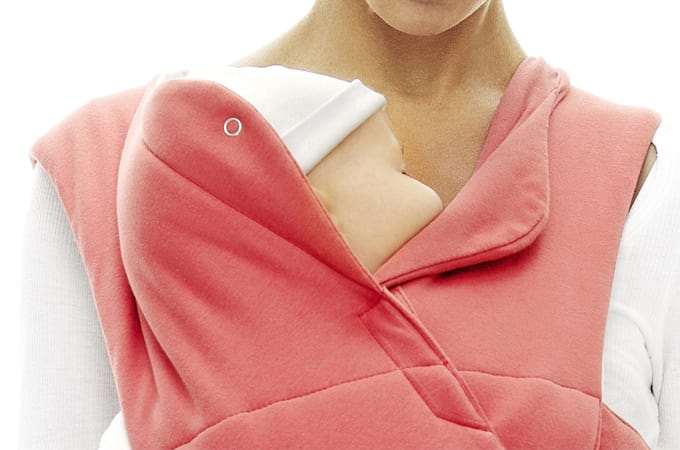There are a number of big purchases to make when you’re expecting a baby, and the stroller is probably one of the most exciting. As you stand in the store, trying out strollers, it may all suddenly start to feel very real. Strollers can be expensive, so it’s not a decision to take lightly. Here are five things to consider when choosing a stroller:
- Price – before you step foot in a store, work out a realistic budget for this purchase. Have a quick look online to see what sort of price to expect, and then work out what you can afford to spend. There’s no point falling head over heels for a designer stroller if you can’t take it home for you. Set a budget, and stick to it. Tell the shop assistant how much you have to spend, and ask them to only show you strollers in your price range.
- Size – strollers vary drastically in size. From the nifty ones that are perfect for city living, to the larger systems designed for off roading in the countryside, you will be able to find a stroller to suit your lifestyle. It’s important to work out where you will store the stroller when not in use, and make sure you buy one that can fit in that space. You should also consider the size of the trunk of your car, because the stroller needs to fit easily in there. If you use public transport a lot, choose a stroller that will fit easily on public transport, and be easy to navigate on and off buses and trains.
- Usability – it’s important to get a stroller you can use. There’s no point spending a small fortune on a fancy stroller only to discover you can’t get any of the additional functions to work. How easy is the pram to use? Does it feel nice to push? Is it the right height for both you and your partner? Are the breaks easy to use, and do they feel secure when on? Is it easy to fold down when not in use? Is it parent-facing so you can talk to your baby as you walk? Does it look comfy for your little one? Make sure you are familiar with every function of the stroller before you buy it.
- Reviews – speak to your friends and family to find out what they think of their strollers. By speaking to people who have experienced strollers day to day, you can get more of an idea what that stroller is like. While it may feel great to push in the shop, you may find out that your sister finds hers difficult to push on county roads. Parents are the experts on this one, so speak to as many as you can before making your purchase.
- Style – you’re probably going to be spending a lot of time with this stroller, and at times it may seem like an extension of your own body. Strollers come in all shapes and sizes, some are available in simple designs, and others have themes. Choose one that you love. If you’re planning to have more children, it might be worth avoiding strongly gendered themes. While your newborn daughter will look great in a hot pink pram, her future little brother may be less impressed a few years down the line.
Have you chosen your stroller, or are you currently trying to decide which one to buy?
Written by Fiona (@Fiona_Peacock), mother, writer and lover of all things baby related.
[amazon title=baby strollers&thumb=https://team-hp.com/wp-content/uploads/2014/12/2M-pushchair.png&template=Thumbnail&search_link=1]
[amazon title=baby strollers&text=Shop for baby strollers on Amazon&search_link=1]
This information is not intended to replace the advice of a trained medical doctor. Health & Parenting Ltd disclaims any liability for the decisions you make based on this information, which is provided to you on a general information basis only and not as a substitute for personalized medical advice. All contents copyright © Health & Parenting Ltd 2017. All rights reserved.











